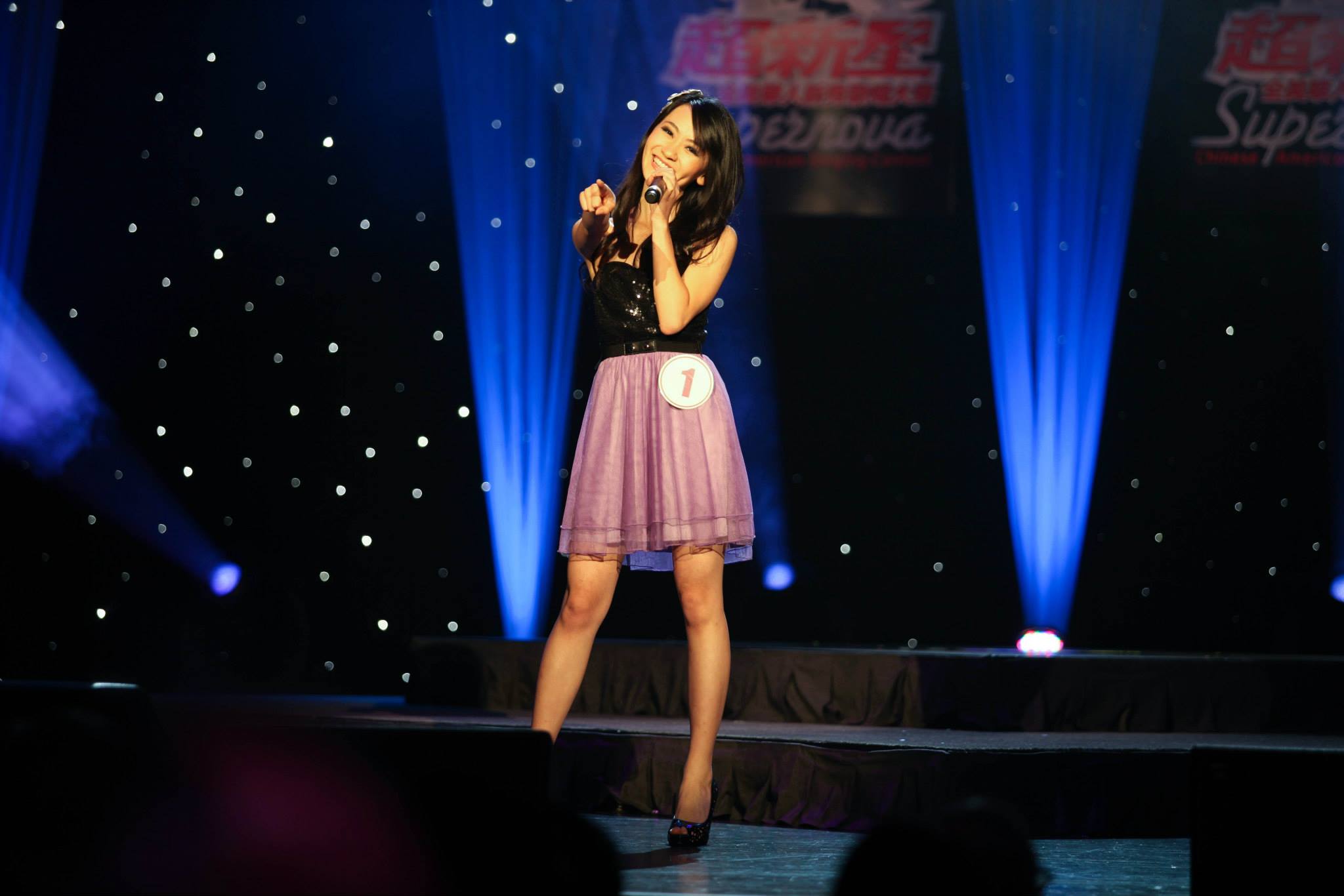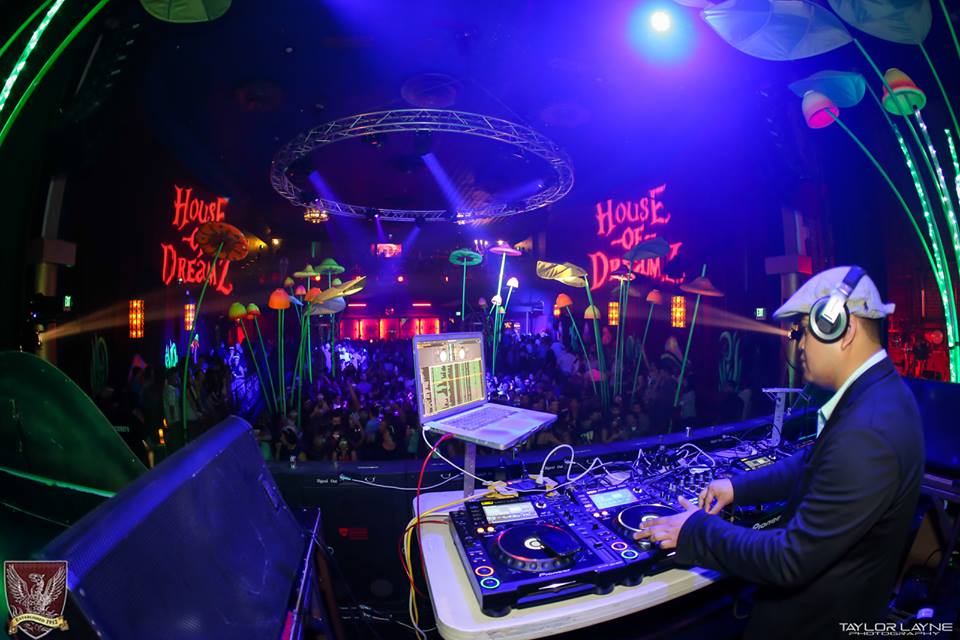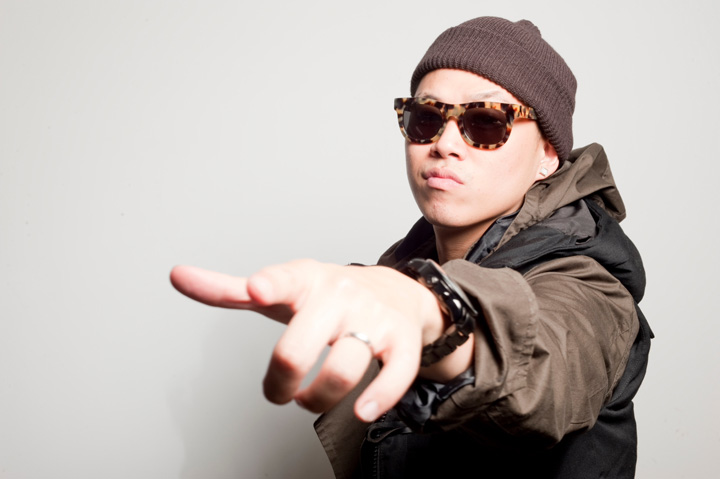By Kevin Young
Frustrated by a lack of exposure in the U.S., some Asian-American performers are turning to Asia, where they have found considerable success. A few Asian music companies have begun to hold auditions in the U.S. for talent to bring back.
“It’s easier to break into the Asian market than the American market because there is just so much competition in America’s music industry compared to the smaller saturated market in countries like Korea,” said Randy Reyes who also goes by D.J. Raize, 31, a Filipino American, D.J. and manager for Atlantic Records, “The music produced in Asia would translate better to other Asian countries than America.”
South Korea and its K-pop industry have provided a stage for Asian Americans. The K-pop super group SNSD, also dubbed “Girl’s Generation,” includes two Korean American members, Jessica Jung and Tiffany Hwang.
John Park is another Korean American to find success back home. He auditioned for the ninth season of “American Idol” in 2010 and placed 20th,. Then he auditioned for Korea’s version of the show, “Super Star K2.” Park finished second and was later signed by the Korean recording label, Music Farm Entertainment.
In Taiwan, Leehom Wang, an American-born Taiwanese R&B singer and graduate of Boston’s Berklee College of Music, pioneered a successful singing career in his parents’ homeland. With hits like “Open Fire,” he garnered prestige and recognition in Taiwan and was chosen as an Olympic torch bearer for Taiwan in both the 2008 and the 2012 games.
Jin Au-Yeung, also an American-born Chinese, was signed as a rapper (under his stage name, MC Jin), by the American music label Ruff Ryders in 2005 — the first Asian-American rapper signed to a major American recording label. After his debut album failed to generate national attention, MC Jin left Ruff Ryders and signed with an independent music label. But he wasn’t successful there, either. Then he was contacted by Universal Music Hong Kong in 2008, which brought him to Hong Kong. MC Jin intended to stay and promote his newly released Chinese music for only three months. Yet his success and growing fan base persuaded him to stay to four years.
While some Asian Americans say they are hindered in the U.S. by their skin color and by stereotyping, others say that being Asian-American can be an advantage.
“It’s a good and bad thing being an Asian singer because standing out can be good and bad. Some producers might think you’re too different from what the public likes or others might say this is a good change from my current rooster of artists,” said ShanShan Xiao, 19, a Chinese American who is an aspiring singer and a music major at Hunter College. “When I auditioned for Camp Broadway, everyone was Caucasian. I was different and because of the fact that producers don’t see that many Asian faces, they paid a lot more attention to my audition.”
Some Asian Americans have succeeded in America. The Korean American hip-hop quartet Far East Movement’s single “Like a G6” was a summer club anthem in 2011 and rose to top of the Billboard’s Hot 100 chart – the first Asian American or Asian act to accomplishment this.
Unfortunately, FEM lost traction after their smash hit. “You need to release hit and hit to get your name out there, not follow up with lukewarm singles,” said Reyes, the D.J.
While most Asian Americans are fluent in English, some Asian groups have found success despite the language barrier.
South Korea’s export, K-pop’s immense and budding popularity finally resonated in the U.S. in 2012 with PSY’s hit single “Gangnam Style” charting at No. 2 on Billboard. SNSD signed with Interscope, and groups like 2NE1 and Big Bang performed at arena-sized concerts on both the East and West Coasts. SNSD even won the video of the year award in 2013 at the first YouTube Music Awards show, defeating acts like Lady Gaga and Justin Bieber. Still, K-pop stars have much larger followings in Asia, where legions of fans crowd airports, await their arrival. In America, Asian Americans are the primary fans of these K-pop artists.
“These Korean groups are targeting areas of America with large Asian populations,” said Michelle Bayer, 47, a music management professor at Baruch. “It’s going to take time for Americans in other parts of the country to get into K-pop, and once that happens Korean artists will be setting up camp here.”
Xiao, the Hunter music major, is well aware of K-pop’s rise to an international phenomenon, and she and other hopefuls are auditioning for these multimillion-dollar companies. Xiao will audition for SM Entertainment, the K-pop company that produces SNSD. SNSD tried to break into the American market in 2012 with an English-language single, “The Boys,” produced by Teddy Riley, who worked with Michael Jackson. Yet the single flopped, not garnering enough attention to get radio airplay.
“Asian artists and Asian Americans need to use the right promotion methods like syncing their songs into American films to really get there name out there,” said Professor Bayer. An example of this “syncing” method would be the success of Latin singer, Don Omar’s single “Danza Kuduro” being featured in the movie “Fast Five.” Reyes commented, “Music produced in Asian countries caters to their culture better; Americans not familiar with Asian pop music would find these songs mimicking American music.”
Some Asian Americans say Americans stereotype them. “It’s hard for Asians to get a starring role in films or even have music careers because of the way Americans perceive Asians, plus most casting directors and producers wouldn’t want someone who has an Asian accent,” said Jonathan Lee, 27, a Korean American actor who has been an extra in the show “White Collar” and in films “Step Up 3” and “Friends with Benefits.” “I can fluidly get roles playing doctors, nerds and ninjas compared to roles Caucasians and African Americans get,” said Lee, who hasn’t been able to land a leading role in an American production. However he has a starring role in a Korean-produced drama that will be filmed in New York.
Reyes also suggested that Asians who do not look Asian find it easier to get record deals and roles in Hollywood. “I think it’s easier for biracial Asians to make it,” he said, citing Bruno Mars, who is half Filipino and who starred at the 2013 Super Bowl half-time show. “People like this look; Americans gravitate towards this mixed look,” said Lee.
Perhaps Asian Americans will one day become household-name pop stars in America. As the population grows it shouldn’t be a surprise. Pew Research reported in 2011 that Asian Americans make up 5.8 percent of the population or 18 million people, and the Census Bureau projects that by 2050 Asians will make up at least 9.2 percent of the American population, with 40.6 million people.
“I think it’s time to have an Asian-American artist to not only break into the market but remain there as well,” said Xiao.
*This article was first published in Dollars & Sense, Baruch College’s online magazine.






Leave a Reply